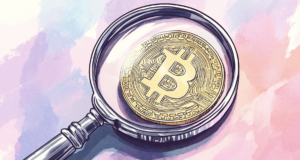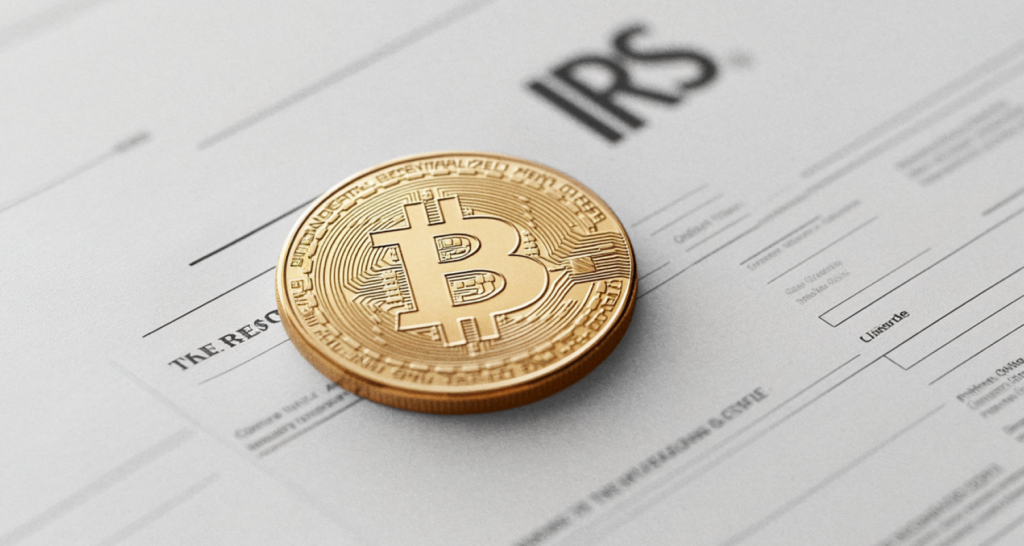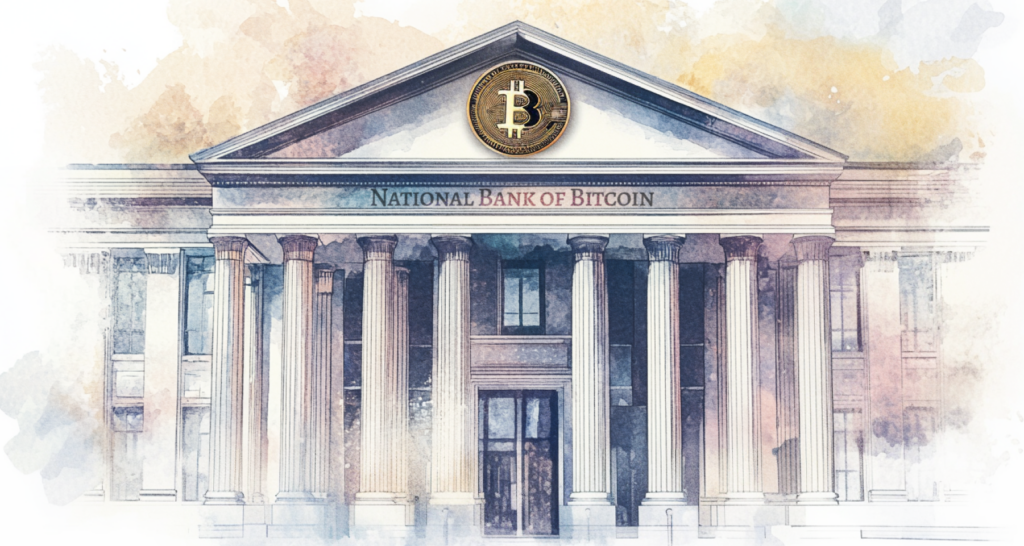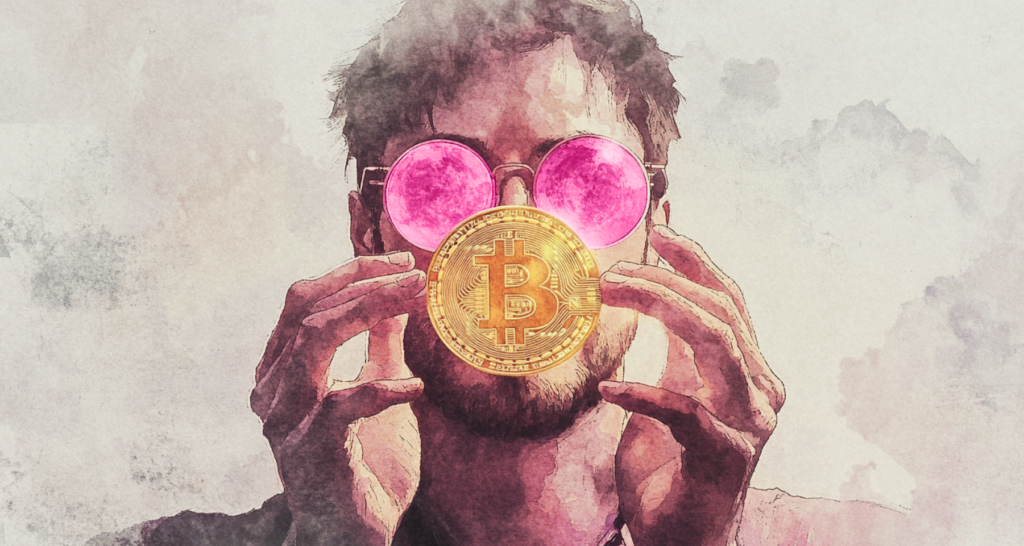Bank of America: CBDC is the evolution of money

Bank of America promises an unprecedented technological breakthrough in the history of money. The fiat agenda is over.
A CBDC-based global financial system is on the way. This prediction was made by Bank of America (BoA) analysts. The opinions of American bankers are largely based on current statistics. The BoA reports that 58% of the world's central banks are considering implementing digital currencies, which collectively account for 95% of global GDP. In 2020, slightly more than 30 central banks were considering a CBDC. Bank of America states that “digital currencies appear inevitable.” What's the reason, though?
Obvious benefits of CBDCs
BoA thinks that the market will be free of intermediaries thanks to CBDC technology. Financial institutions and their clients' expenses will go down as a result. CBDCs will enable real-time and transparent settlements.
But how are things going right now? Assume that banks are now required to deposit approximately $4 trillion in correspondent bank accounts to avoid settlement risks. This capital is dormant and not currently producing any income, though it might. Furthermore, small banks cannot afford to service foreign payments because they must deposit large sums of money in correspondent accounts.
A lengthy network of intermediaries that is expensive for financial consumers is the end result. Analysts estimate that servicing a fifth of cross-border payments in EUR requires the participation of five or more correspondent banks. Every cross-border payment is routed through 2.6 different banks on average. First and foremost, it is lengthy. Second, it is expensive; customers frequently pay 10 (!) times as much for cross-border transfers as they do for domestic ones. BoA claims that the implementation of CBDC will be the solution to all of these issues.
Additionally, 1.4 billion people who have never had the opportunity to use banking services will be “brought to civilization” by the Central Bank's digital currencies. People with no credit history are compelled to take out instant loans without checking documents. According to BoA, the only thing these people need is a CBDC wallet (as they usually have a smartphone). They will be able to receive and store money, make purchases with it, and eventually establish their credit history with such a wallet.
CBDC vs stablecoins
But while the Central Bank is only studying the feasibility of introducing digital currencies, stablecoins are capturing the market share of CBDCs. Last year, the volume of transactions involving this type of cryptocurrency reached nearly $8 trillion, including cross-border payments for which fiat commercial banks charge exorbitant fees. BoA believes that the uncontrolled and unregulated increase in stablecoin turnover poses risks to the existing financial architecture.
Analysts clearly see the link between the refusal to introduce the digital currency of the Central Bank and the growing popularity of stablecoins. In general, these are direct competitors, with only one remaining on the market. And CBDCs will be able to win this battle if central bank currency interacts as much as possible with blockchain and blockchain-based applications.
CBDC risks
Given the risks that the introduction of CBDCs poses to the financial market, BoA discusses the potential competition for customers between the central bank and commercial banks (such as Bank of America). First, the Central Bank serves as a regulator and has no direct contact with individuals or companies. The Central Bank's clients are, in fact, commercial banks. The CBDC establishes the central bank's ability to provide financial services to individuals and businesses. The BoA is wary of how the competition between commercial banks and the state Central Bank will play out in this case.
What if many depositors decide to abruptly withdraw their funds and exchange their dollars to CBDCs? That’s the second question that bankers ponder. How to balance the country's financial system and protect commercial banks' liquidity? And vice versa. And how will the government encourage citizens to use its CBDC? What will be the Central Bank's next moves as a regulator of commercial banks if and when CBDCs start to circulate widely?
BoA also states that the Central Bank's issuance of a digital currency does not ensure that consumers will agree to use it instead of traditional currency. People won't ever agree to give up the good old cash if using CBDC involves a total loss of anonymity. In order to maintain some level of confidentiality, the bankers suggest keeping CBDC payments private. The Central Bank or authorities should be given the authority to monitor such transactions only if there is a suspicion of criminal activity, tax evasion, money laundering, or other illegal activity.
The content on The Coinomist is for informational purposes only and should not be interpreted as financial advice. While we strive to provide accurate and up-to-date information, we do not guarantee the accuracy, completeness, or reliability of any content. Neither we accept liability for any errors or omissions in the information provided or for any financial losses incurred as a result of relying on this information. Actions based on this content are at your own risk. Always do your own research and consult a professional. See our Terms, Privacy Policy, and Disclaimers for more details.


























